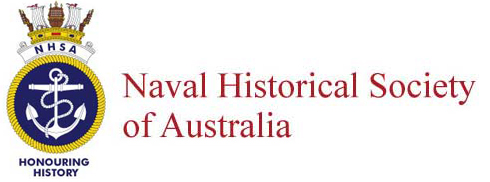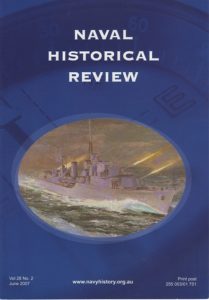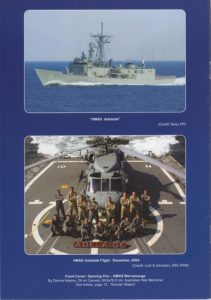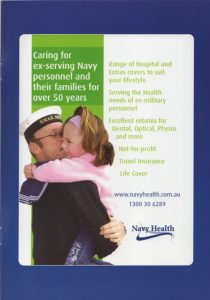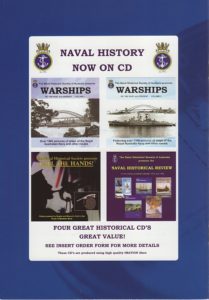- Author
- Kingsley Perry
- Subjects
- Ship histories and stories, Book reviews
- Tags
-
- RAN Ships
- HMAS Melbourne II, HMAS Voyager II
- Publication
- March 2024 edition of the Naval Historical Review (all rights reserved)
Abide With Me – The HMAS Voyager Tragedy by Elizabeth McCarthy
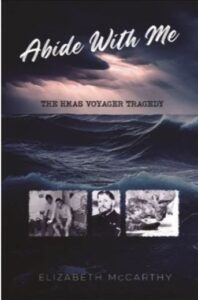 This year marks the sixtieth anniversary of the collision between HMAS Melbourne and HMAS Voyager off the New South Wales south coast near Jervis Bay on 10 February 1964. Voyager was sliced in two and 82 young men died. There were two Royal Commissions (in 1964 and 1967), but despite many hypotheses the cause of the collision was never properly established. There have been many books and articles on the subject. This recently published book is described in its preface as being ‘the most comprehensive study ever undertaken’. The author notes that the written history has allocated a sense of responsibility to both crews for the tragedy, but their evidence, as set out in this book, was dismissed at the Royal Commissions.
This year marks the sixtieth anniversary of the collision between HMAS Melbourne and HMAS Voyager off the New South Wales south coast near Jervis Bay on 10 February 1964. Voyager was sliced in two and 82 young men died. There were two Royal Commissions (in 1964 and 1967), but despite many hypotheses the cause of the collision was never properly established. There have been many books and articles on the subject. This recently published book is described in its preface as being ‘the most comprehensive study ever undertaken’. The author notes that the written history has allocated a sense of responsibility to both crews for the tragedy, but their evidence, as set out in this book, was dismissed at the Royal Commissions.
There is a lot more to the story of Voyager than the collision itself, but this concentrates on the collision and how it happened, and how the ‘investigation’ by the Royal Commissions (principally the first) was flawed. Reference is made as to how the first commission was set up and to the people involved in that process, and how important and relevant evidence which might otherwise have been brought forward had been blocked and tampered with. This might well have been overcome had there been a naval Board of Inquiry or court-martial. Further, as the cause of the collision was unknown, it was open slather to create theories and steer the commission towards them rather than just lay out the circumstances and issues. The result was that survivors were placed in a hostile courtroom, and some never recovered from the experience; there has been a ‘dark cloud of innuendo’ hanging over them. This book sets out to show that new evidence absolves both crews from blame.
There was an issue about what ‘fishtail’ manoeuvre Voyager was attempting just before the collision. Some evidence was withheld from the commission about this, and crews in both ships were put under pressure during the hearings about what was happening and where the ships were relative to each other, which had the effect of seeming to somehow deflect some blame to the bridge crew of Melbourne. Having examined it all, the author concludes that the ‘fishtail’ manoeuvre started off correctly but then somehow went wrong after Voyager altered course towards Melbourne. The collision has always retained something of the unbelievable, something inexplicable that could not be accounted for – something missing which has never been explained. There were issues about the navigation lights, radars, the position of Voyagerrelative to Melbourne, lookouts, orders that were given, warnings, but the author concludes that there was no evidence to suggest the crews were doing anything other than their jobs correctly on the night of the collision. Whatever happened appeared to be a freak accident of which no blame can be realistically placed on the crews.
The author also raised new issues about apparent defects in Voyager that were not covered in the royal commission. There was a defect in the gyro that had been present for some time, but not properly rectified, and there had been some recurrent problems with sticking of the main nozzle control valves to the main engine. If they were not operating properly at the time, they might well have contributed significantly. However, these had not been further investigated, so it will never be known. The author thought that a naval inquiry at the time would have examined such issues.
There is much more to the story in the book, including the evidence about the captain of Voyager and his health, and how evidence from his executive officer in 1963, as well as others, was ignored by the first commission. One is left to ponder just how much that commission was affected by politics and personalities and lack of experience with naval procedures, and to what extent the navy and the commission’s advisers were prepared to protect themselves or reputations at the expense of officers and men in the two ships at that time.
The book is well set out and a fairly easy read, even if one might not know much about the navy or warships. The author has clearly done a very thorough investigation, primarily by reference, through National Archives Australia, to the records of the proceedings of the Royal Commissions and statements prepared by officers and sailors. It is generous with photographs and illustrations. There are also extensive endnotes and a bibliography (although curiously this does not include Dr Tom Frame’s book The Cruel Legacy (2005). Those who have followed the story in the past will be interested to read this book. Those who know nothing about it will certainly learn a lot from it.
The author Elizabeth McCarthy is the daughter of John Jess CBE, who was a member of The House of Representatives between 1960 and 1972 and was instrumental in forcing the government to set up the second Royal Commission. She is also author of John Jess, Seeker of Justice which was reviewed in the Naval Historical Review, September 2016.
Reviewed by Kingsley Perry
